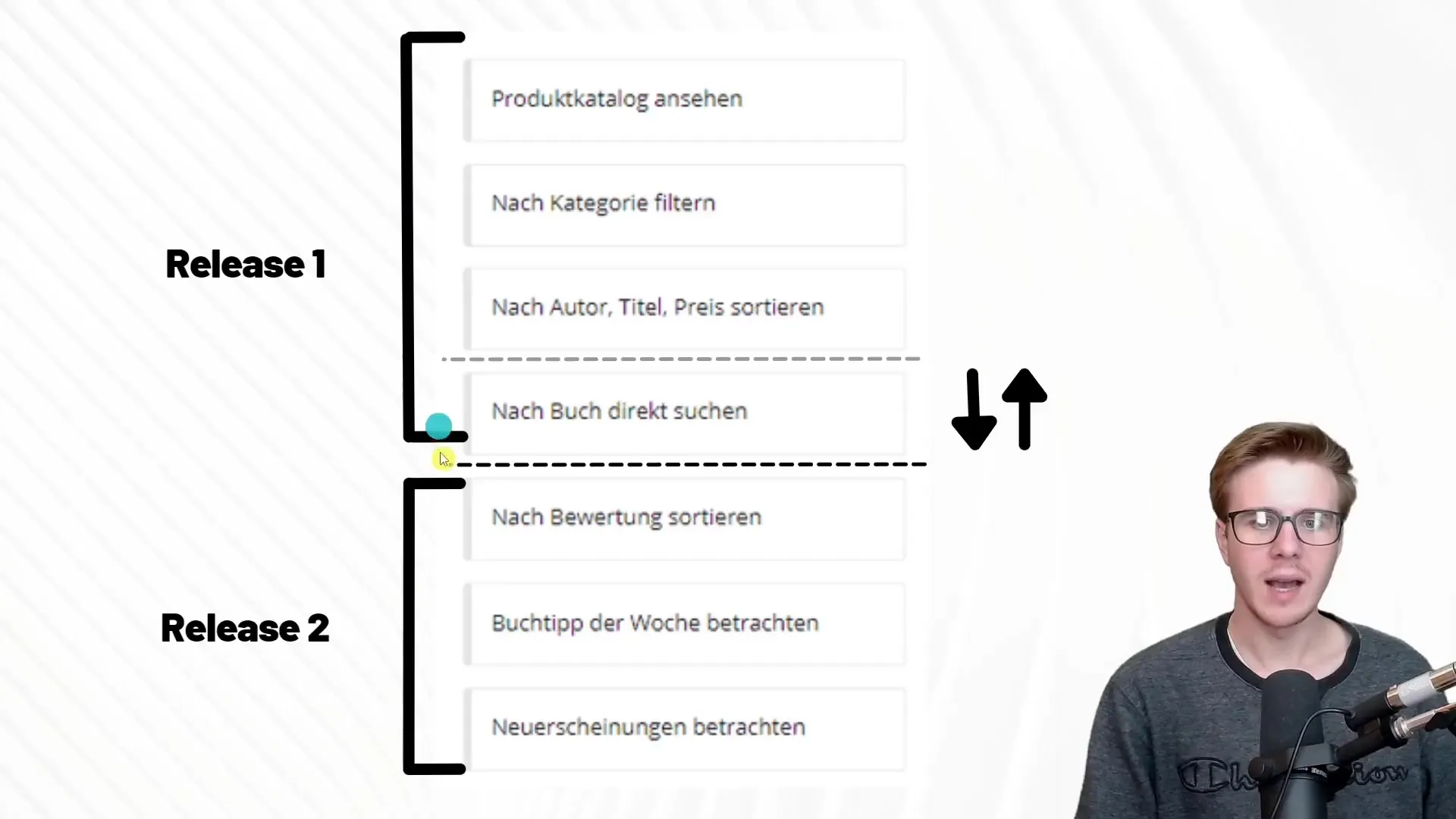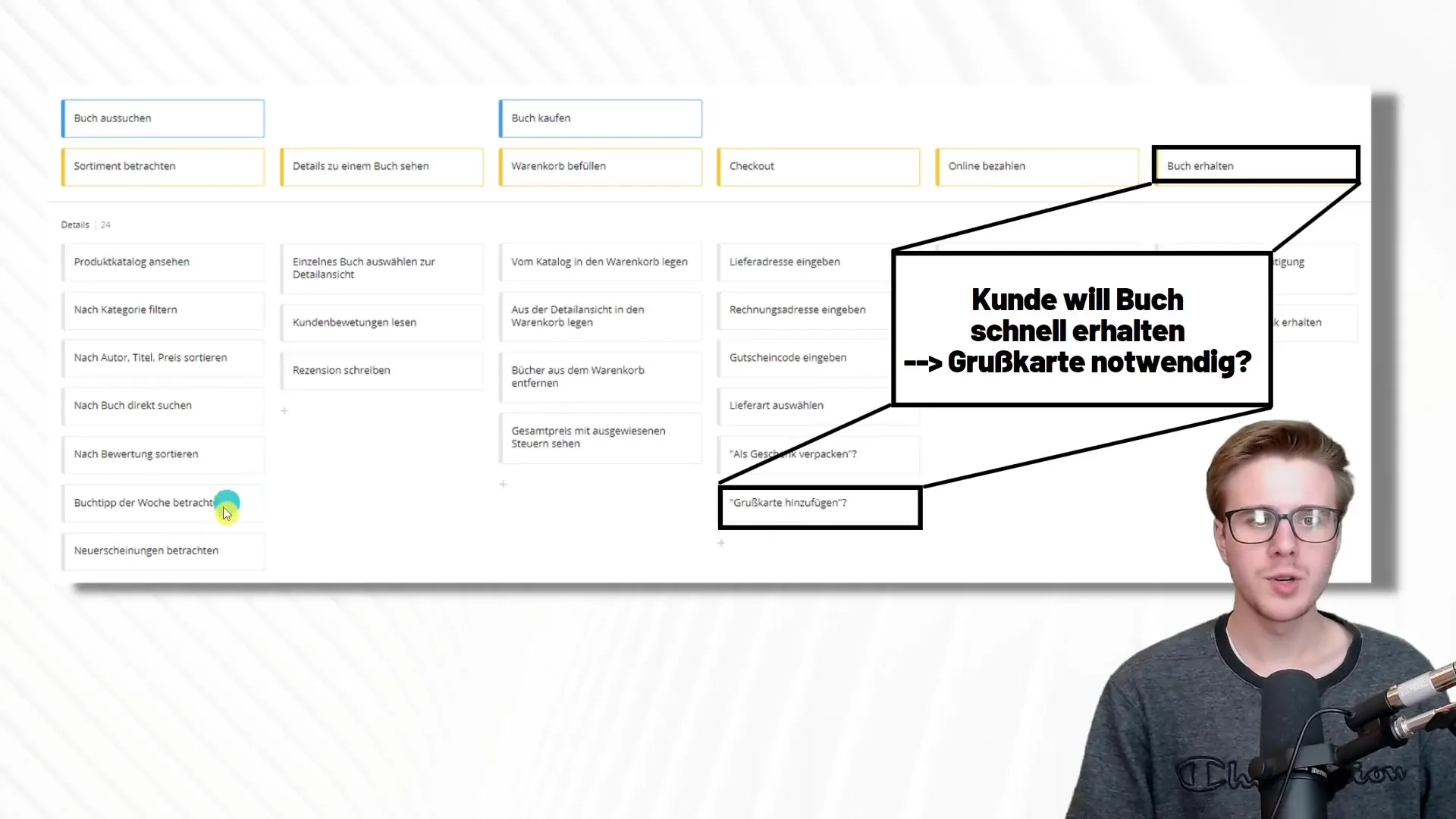User Story Mapping is an effective tool that helps you better understand the requirements and wishes of your customers. This method not only allows for a visual representation of user requirements, but also promotes collaboration within your team. With this guide, you will gain valuable insights and a detailed step-by-step guide on how to apply User Story Mapping in agile project management to optimize your processes and align the team towards common goals.
Key Insights
User Story Mapping improves team communication, facilitates prioritization of requirements, and enhances understanding of user needs. With this method, you can efficiently plan and control product development by focusing on relevant features. By clearly representing user requirements, you can avoid misunderstandings and ensure that the team is always working towards the same goal.
Step-by-Step Guide
1. Understand the Basics of User Story Mapping
At the beginning, it is important to grasp the basic concept of User Story Mapping. User stories are short, simple descriptions of features from the user's perspective. They should be quickly communicable and focus on the benefit to the end user. By keeping the user needs and goals in mind, you create a solid foundation for the mapping.

2. Creating a User Story Map
Start by identifying the various activities a user performs to achieve a goal. Arrange these steps in the form of a horizontal line representing the user experience. This will give you a clear overview of the process and help you plan the next steps accordingly.
3. Breaking Down the Map into Tasks
Now, you should break down the identified functions into user stories. Each user story represents a specific need or function that contributes to achieving a goal. By breaking down activities into smaller, manageable user stories, you will find it easier to prioritize and address individual requirements.
4. Setting Priorities and Planning Releases
A key aspect of User Story Mapping is setting priorities. Consider which user stories are particularly important for the first release. This will help you focus on essential features and relieve your team. You can plan releases by arranging the user stories according to their priority.

5. Minimizing Effort through MVP Slicing
Use the concept of "Minimum Viable Product" (MVP) Slicing. Consider what minimal features are needed to provide real value to your users. This way, you can reduce development effort and ensure that your product is brought to market in a timely manner.
6. Identifying Risky Assumptions
Throughout the mapping process, it is important to identify possible risky assumptions. Ask yourself whether certain features are really necessary or if they distract you from your goal. Risky assumptions, such as adding features that are not relevant to the user, can hinder your progress. Continuously evaluate the necessity of various features and eliminate the unnecessary.

7. Adapting the User Story Map
Be flexible in adapting your User Story Map. Requirements may change during the project, and it is crucial that you respond to them. Regularly review the map and adjust priorities and releases to ensure that you continue to meet the users' needs optimally.

8. Team Communication and Feedback
The User Story Map is not only a planning tool but also a means of communication. Use it to discuss the next steps with your team and collect feedback. Open communication about progress and challenges helps to clarify misunderstandings and align the team towards a common goal.
Summary
User Story Mapping is a key component of agile project management. This method improves teamwork, helps to focus on actual user issues, and enables more efficient release planning. By visually presenting user requirements and prioritizing user stories, you create a clear structure that significantly facilitates your team's work.


